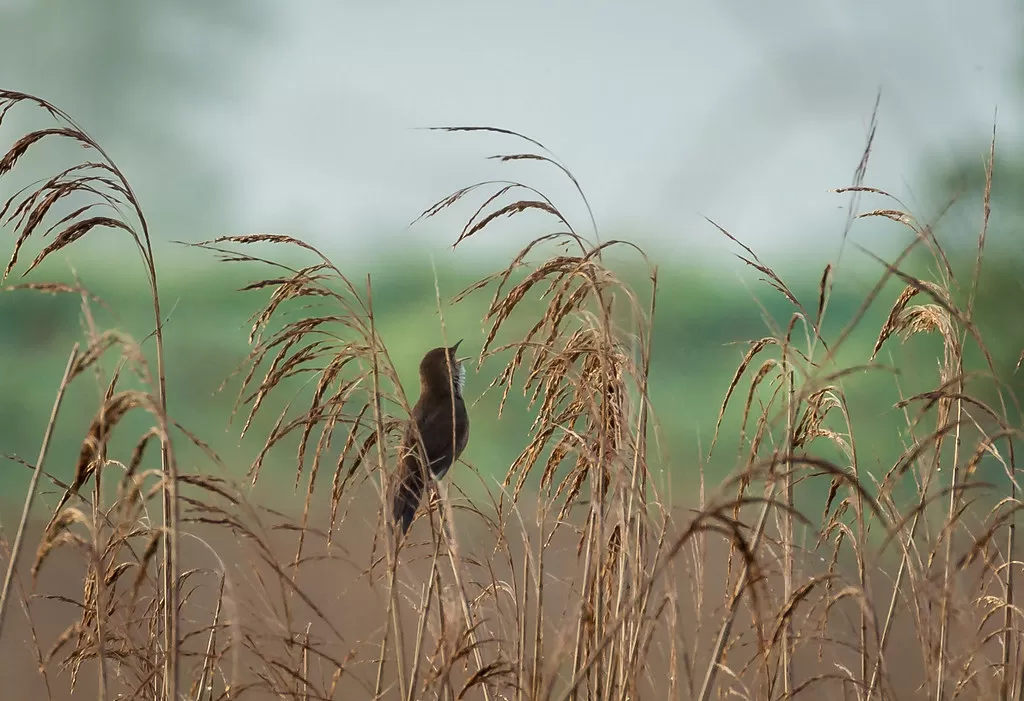
Grasshopper Warbler
Grasshopper Warbler
65
15 hours ago

N
D
Spotted by
The Grasshopper Warbler is a small, highly elusive songbird with streaky brown plumage and a long, graduated tail. Its presence is most often revealed by its distinctive, mechanical, insect-like reeling song, which can be sustained for long periods. It inhabits dense, low vegetation in damp or scrubby areas.
Where to spot
Breeds across most of temperate Europe and into Western Asia. Winters in tropical West Africa. Prefers damp grasslands, clearings with scrub, young plantations, and marsh edges with dense cover.
How to spot
Its reeling song, sounding uncannily like a grasshopper, is the primary way to detect this species. They are notoriously difficult to see, staying deep within vegetation. Patience and a good ear are essential; scan dense low bushes or tall grasses for brief glimpses, often when the bird is singing.
When to spot
Best observed during the breeding season (late April-July) when males are actively reeling their song. During spring and autumn migration, they can be found in a broader range of habitats, though still secretive.
Where to spot
Breeds across most of temperate Europe and into Western Asia. Winters in tropical West Africa. Prefers damp grasslands, clearings with scrub, young plantations, and marsh edges with dense cover.
How to spot
Its reeling song, sounding uncannily like a grasshopper, is the primary way to detect this species. They are notoriously difficult to see, staying deep within vegetation. Patience and a good ear are essential; scan dense low bushes or tall grasses for brief glimpses, often when the bird is singing.
When to spot
Best observed during the breeding season (late April-July) when males are actively reeling their song. During spring and autumn migration, they can be found in a broader range of habitats, though still secretive.
The Grasshopper Warbler's scientific name 'naevia' means 'spotted' or 'streaked', aptly describing its cryptically patterned plumage which helps it blend seamlessly into the dense undergrowth.



